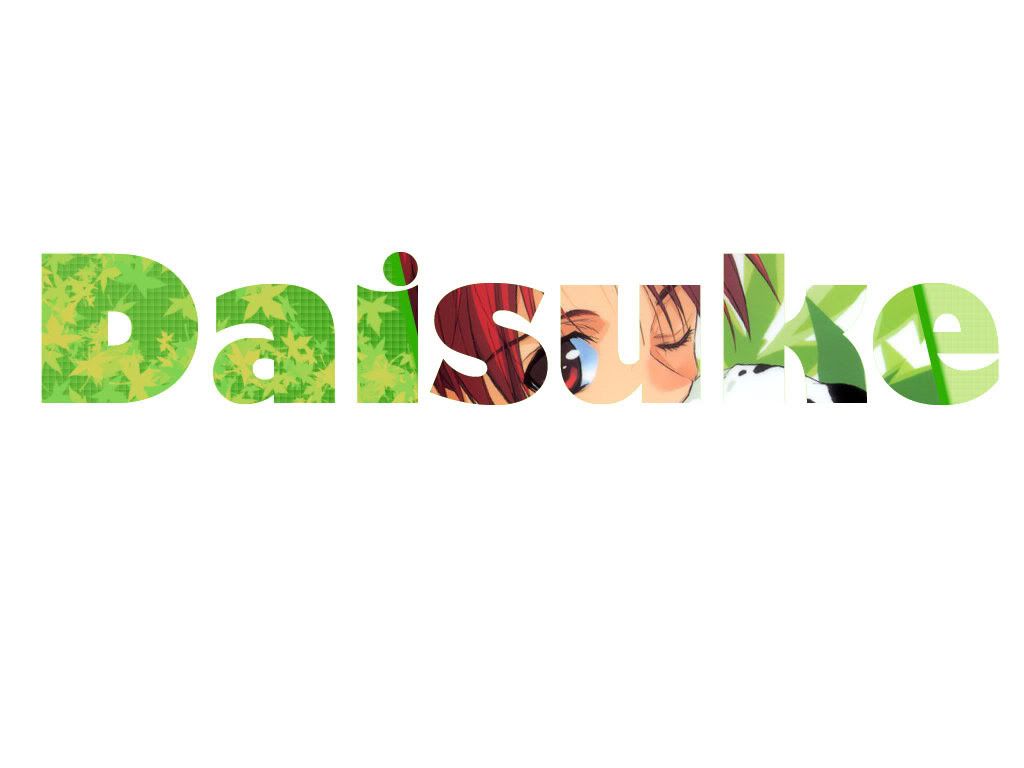Technology is now unbelievably developing and advancing day by day. Through man's eagerness to live , technology have been a key for successive living. Eventually, it have become our source of advancement.
According to the definition of wikipedia.org, Society is “a population of humans characterized by patterns of relationships between individuals that share a distinctive culture and/or institutions. More broadly, a society is an economic, social and industrial infrastructure, in which a varied multitude of people are a part of. Members of a society may be from different ethnic groups. ” Human societies are often organized according to their primary means of subsistence. As noted in the section on "Evolution of societies", above, social scientists identify hunter-gatherer societies, nomadic pastoral societies, horticulturalist or simple farming societies, and intensive agricultural societies, also called civilizations. Some consider industrial and post-industrial societies to be qualitatively different from traditional agricultural societies. One common theme for societies in general is that they serve to aid individuals in a time of crisis. Traditionally, when an individual requires aid, for example at birth, death, sickness, or disaster, members of that society will rally others to render aid, in some form—symbolic, linguistic, physical, mental, emotional, financial, medical, or religious. Many societies will distribute largess, at the behest of some individual or some larger group of people. This type of generosity can be seen in all known cultures; typically, prestige accrues to the generous individual or group. Conversely, members of a society may also shun or scapegoat members of the society who violate its norms. Mechanisms such as gift-giving and scapegoating, which may be seen in various types of human groupings, tend to be institutionalized within a society. Social evolution as a phenomenon carries with itself certain elements that could be detrimental to the population it serves.
Ever since the invention of the telephone society was in need of a more portable device that they could use to talk to people. This high demand for a new product led to the invention of the mobile phone, which did, and still does, greatly influence society and the way people live their lives. Now many people are accessible to talk to whoever they want no matter where any of the two people are. All these little changes in mobile phones, like Internet access, are further examples of the cycle of co-production. Society's need for being able to call on people and be available everywhere resulted in the research and development of mobile phones. They in turn influenced the way we live our lives. As the populace relies more and more on mobile phones, additional features were requested. This is also true with today’s modern media player. Society also determined the changes that were made to the previous generation media player that the manufactures developed. Take for example, today’s media players. At the beginning, cassettes were being used to store data. However, that method was large and cumbersome so the manufactures developed compact disks, which were smaller and could hold more data. Later, compact disks were again too large and did not hold enough data that forced today’s manufactures to create MP3 players which are small and holds large amount of data. Today’s society determined the course of events that many manufactures took to improving their products so today’s consumers will purchase their products.
In economics, technology have also been a great help. E-conomics can be said to have arrived on the scene when the occasional, spontaneous exchange of goods and services began to occur on a less occasional, less spontaneous basis. It probably did not take long for the maker of arrowheads to realize that he could probably do a lot better by concentrating on the making of arrowheads and barter for his other needs. Clearly, regardless of the goods and services bartered, some amount of technology was involved—if no more than in the making of shell and bead jewelry. Even the shaman's potions and sacred objects can be said to have involved some technology. So, from the very beginnings, technology can be said to have spurred the development of more elaborate economies. Technologies such as (wikipedia.org):
* Appropriate technology, sometimes called "intermediate" technology, more of an economics concern, refers to compromises between central and expensive technologies of developed nations and those which developing nations find most effective to deploy given an excess of labour and scarcity of cash.
* Persuasion technology: In economics, definitions or assumptions of progress or growth are often related to one or more assumptions about technology's economic influence. Challenging prevailing assumptions about technology and its usefulness has led to alternative ideas like uneconomic growth or measuring well-being. These, and economics itself, can often be described as technologies, specifically, as persuasion technology.
*Technocapitalism
*Technological diffusion
* Technology acceptance model
* Technology lifecycle
*Technology transfer
The implementation of technology influences the values of a society by changing expectations and realities. The implementation of technology is also influenced by values. There are (at least) three major, interrelated values that inform, and are informed by, technological innovations:
* Mechanistic world view: Viewing the universe as a collection of parts, (like a machine), that can be individually analyzed and understood (McGinn 1991). This is a form of reductionism that is rare nowadays. However, the "neo-mechanistic world view" holds that nothing in the universe cannot be understood by the human intellect.
* Efficiency: A value, originally applied only to machines, but now applied to all aspects of society, so that each element is expected to attain a higher and higher percentage of its maximal possible performance, output, or ability. (McGinn 1991)
* Social progress: The belief that there is such a thing as social progress, and that, in the main, it is beneficent. Before the Industrial Revolution, and the subsequent explosion of technology, almost all societies believed in a cyclical theory of social movement and, indeed, of all history and the universe.
In many ways, technology simplifies life. (wikipedia.org)
* The advancement of a leisure class
* A more informed society
* Sets the stage for more complex learning tasks
* Increases multi-tasking
* Global networking
* Creates denser social circles
* Cheaper prices
* Greater specialization in jobs
But however, it has also complications.
* Pollution is a serious problem in a technologically advanced society
* The increase in transportation technology has brought congestion in some areas
* Technicism
* New forms of danger existing as a consequence of new forms of technology, such as the first generation of nuclear reactors
* New forms of entertainment, such as video games and internet access could have possible social effects on areas such as academic performance
* Increased probability of some diseases and disorders, such as obesity
* Social separation of singular human interaction. Technology has increased the need to talk to more people faster.
* Structural unemployment
* Anthropocentric climate change
Eventually, for our national aspect, stategies are implemented hereof in order for a development of our country. Here some popular technologies that are present in our country:
mobile phones
electronics
integrated systems
agriculture
education
defense and national security
home lifestyle
health and medicine
References:
http://en.wikipedia.org/wiki/Technology_and_society
http://www.practicalaction.org/?id=technology_in_society
http://www.pcworld.com/article/12115/learn_technology_help_society.html
Read more...





















